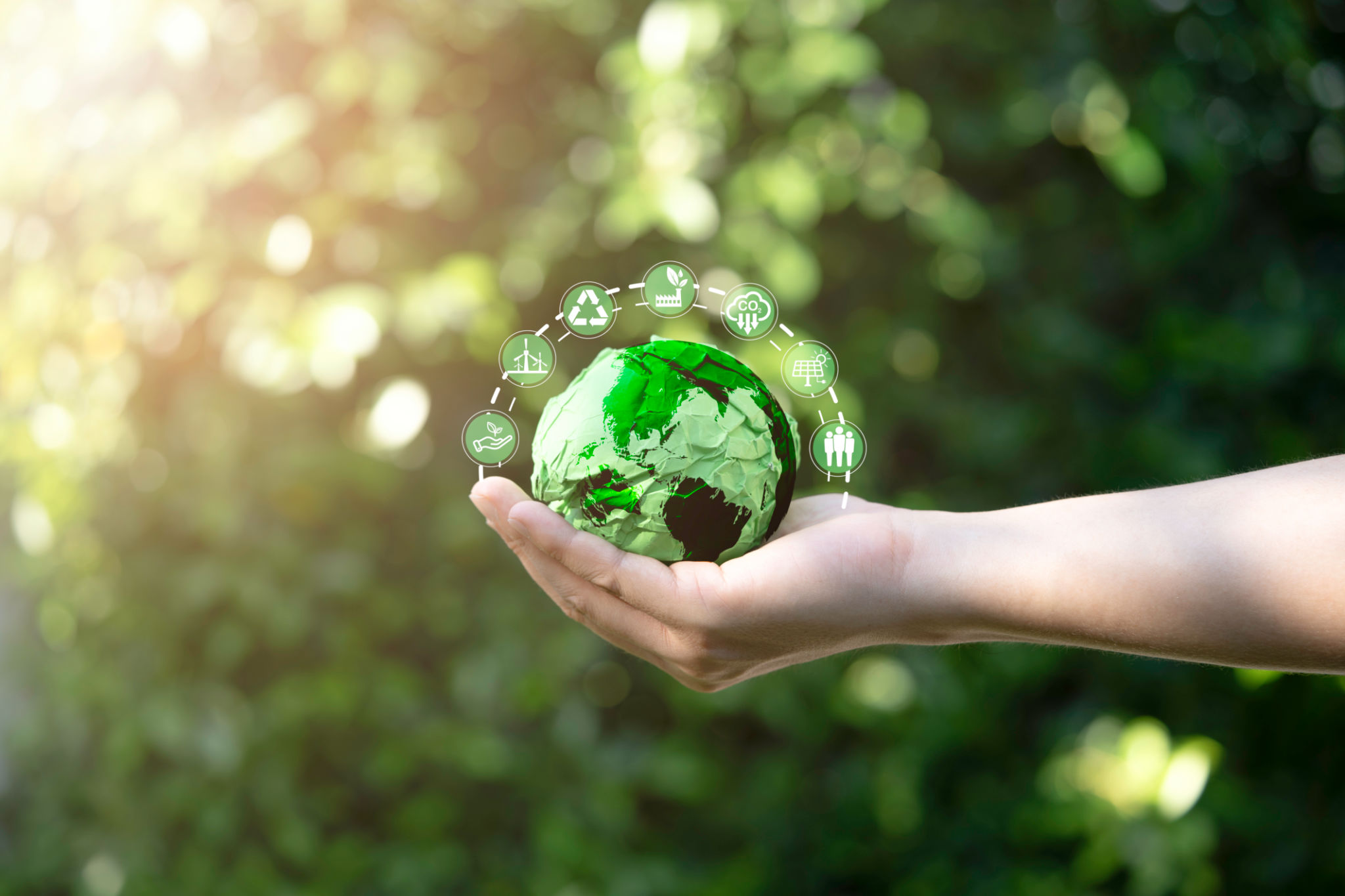The Ultimate Guide to Eco-Friendly Graffiti Removal Techniques
Understanding the Environmental Impact of Traditional Graffiti Removal
Graffiti, while often considered an art form, can also pose significant challenges when it appears on public and private properties without permission. Traditional graffiti removal methods, such as sandblasting and chemical solvents, can be harmful to both the environment and the surfaces they clean. These methods often involve harsh chemicals that can seep into the ground and waterways, causing ecological damage.
In addition to environmental concerns, these aggressive techniques can damage surfaces, leading to costly repairs. Therefore, adopting eco-friendly graffiti removal techniques is not only beneficial for the environment but also for preserving the integrity of buildings and monuments.

Eco-Friendly Graffiti Removal Techniques
Biodegradable Cleaning Solutions
One of the most effective eco-friendly approaches is using biodegradable cleaning solutions. These products are formulated to break down naturally without leaving harmful residues. They are gentle on surfaces but tough on graffiti, making them an ideal choice for sustainable cleanup efforts.
When selecting a biodegradable cleaner, ensure it is free from toxic chemicals like phosphates and ammonia. This ensures that the cleaning process is safe for both the environment and the individuals performing the task.
Pressure Washing with Water Conservation
Pressure washing is a popular method for removing graffiti, but it can lead to significant water wastage if not managed properly. To make this technique more eco-friendly, use high-efficiency pressure washers that conserve water. Additionally, capturing and recycling water during the cleaning process minimizes environmental impact.

Dry Ice Blasting
Dry ice blasting is an innovative technique that uses solid CO2 pellets to remove graffiti. This method is non-toxic, non-abrasive, and leaves no secondary waste. It effectively lifts graffiti from surfaces without damaging them or leaving chemical residues.
This technique is particularly effective on delicate surfaces where traditional methods might cause harm, making it an excellent choice for historic buildings and monuments.
Preventative Measures to Reduce Graffiti
Prevention plays a crucial role in minimizing graffiti-related issues. Implementing protective coatings on surfaces can make graffiti easier to remove in the future. These coatings form a barrier that prevents paint from adhering strongly to surfaces.

Additionally, community engagement and education can help reduce graffiti occurrence. Encouraging local art projects in designated areas can provide alternative outlets for expression while preserving other public spaces.
The Benefits of Eco-Friendly Graffiti Removal
Adopting eco-friendly graffiti removal techniques offers several benefits. It reduces environmental pollution, protects valuable infrastructure, and often results in cost savings over time. Moreover, using sustainable methods demonstrates a commitment to environmental stewardship and responsible property management.
As awareness of environmental issues grows, more businesses and municipalities are turning to green solutions for graffiti removal. By choosing eco-friendly methods, communities can maintain clean spaces while safeguarding the environment for future generations.